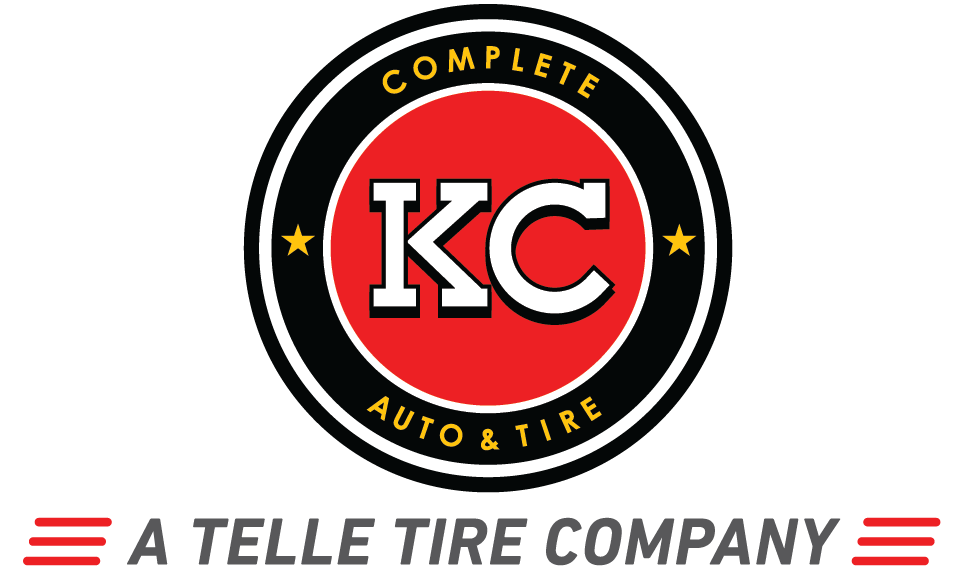Everything you need to know about your car’s transmission

Without your transmission, the energy produced by your engine wouldn’t translate to wheel motion. Your transmission conveys exactly the right amount of energy needed to go at different speeds. When you’re on the highway, your transmission will provide more energy to your wheels. When you’re slowing down, it will provide less.
So, if your transmission is having problems, it isn’t good—it can lead to lead to rough shifting, slipping and accelerating incorrectly. These problems are more than just clunks, thuds and whines—they’re serious safety concerns when you’re driving down the highway.
And, if you neglect regular transmission repair service for too long and a problem arises, the repairs can be very expensive. It’s important to keep up with transmission fluid changes and flushes so that the problem doesn’t escalate to the point where you need a complete transmission rebuild.
For information specific to your car’s transmission repair needs, look at your owner’s manual. Typically, most manufacturers recommend new fluid in your transmission every 30-60,000 miles.
When it’s time to service your transmission, Telle Tire & Auto Centers can help. For 82 years and four generations, the Telle family has understood the importance of providing strong value through quality products and services. Our ASE-certified technicians provide trusted excellence built on generations of long-term relationships and proven excellence.
See what our past clients have to say, or come in and see for yourself. From basic maintenance to comprehensive diagnostics and full engine repair, Telle Tire & Auto Centers are your one-stop-shop with you every mile of the way.
How does your transmission work, anyway?
Your engine powers the rotation of your wheels. Your engine runs at a fixed output—usually 600-7,000 RPM. Your wheels do not run at a fixed output—sometimes, you’re stopped and other times you’re cruising down the highway at 70 mph.
Your transmission bridges the gap, using a system of gears in order to increase or reduce the output from the engine to match your desired speed. Gears can either put your car in ”overdrive”—where the wheels are traveling faster than the engine—or reduction—where the engine is rotating faster than your wheels.
Let’s say you’re traveling at 5 mph. Your engine is likely producing more energy than your wheels need. The transmission would use a gear that reduced the energy. As you speed up to merge on a highway, your wheels will need more energy and the transmission will change gears to allow for more energy conveyance.
What’s the difference between automatic and manual transmissions?
There are two main transmission configurations: automatic and manual. While they both provide the same function for your car—transmitting the just-right amount of energy to your wheels—they use different gear systems to do it.
- Automatic transmissions
As the name implies, automatic transmissions do the necessary gear increases and reductions automatically. To transmit energy from the engine, automatic transmissions use planetary gear sets—complex gear systems comprised of three gear sizes which can be engaged or disengaged to reach the right gear ratio for the speed you’re going.All of this happens behind the scenes. Once you put your car in ”drive,” an automatic transmission will take care of all gear changes without any driver input. - Manual transmissions
Manual transmissions are not quite so hands-off. Manual transmissions have fixed gears that can be engaged or disengaged at the driver’s command—these gears are not adjustable, as with automatic transmissions. As you speed up, you need to change to a higher fixed using your clutch and the gear shift.
Common transmission repair services
At the first sign of transmission problems—rough starting, clunking, vibrating or whines—you need to bring your car into the nearest Telle Tire & Auto Center. Sometimes, it’s a simple repair. Other times, you might need a complete transmission rebuild.
When you bring your car in, we will use a state-of-the-art computer diagnostic test to determine whether you are, in fact, having transmission problems. Then we will troubleshoot to ascertain the underlying cause of the problems. This way, you know that we are treating your transmission problem at its source.
Here are the most common transmission repairs we perform for the St. Louis community:
- Transmission fluid changes
You should get your transmission fluid changed about every 30-60,000 miles. This will ensure that your transmission fluid levels are good, and that old, muddied transmission fluid is removed. - Transmission flushes
Over time, debris and particulate can clog your transmission. Flushes include removing old fluid, cleaning your transmission and adding new fluid. - Transmission rebuilds
Sometimes, you will need a completely new transmission. Or you’ll need it rebuilt. We can repair any type of transmission—manual, automatic, semi-automatic and more. Telle Tire & Auto Centers partner with some of the best rebuilders and manufacturers in the industry to provide us with the best quality transmissions. And, of course, we provide some of the best warranties in the industry.
The Telle Difference: Family values, expert knowledge
If it’s time for transmission repair or replacement, you should take your car to the nearest Telle Tire & Auto Center. Since 1942, St. Louis car owners have trusted us to provide the highest level of service at the lowest possible prices.
And, while people might come to us for our low service costs, they come back because of our competitive warranties. Our National Warranty Program covers both parts and labor for a full three years or 30,000 miles. Why do we go the extra mile to offer a better warranty? Because we don’t want you to worry about your car. After all, that’s our job.

